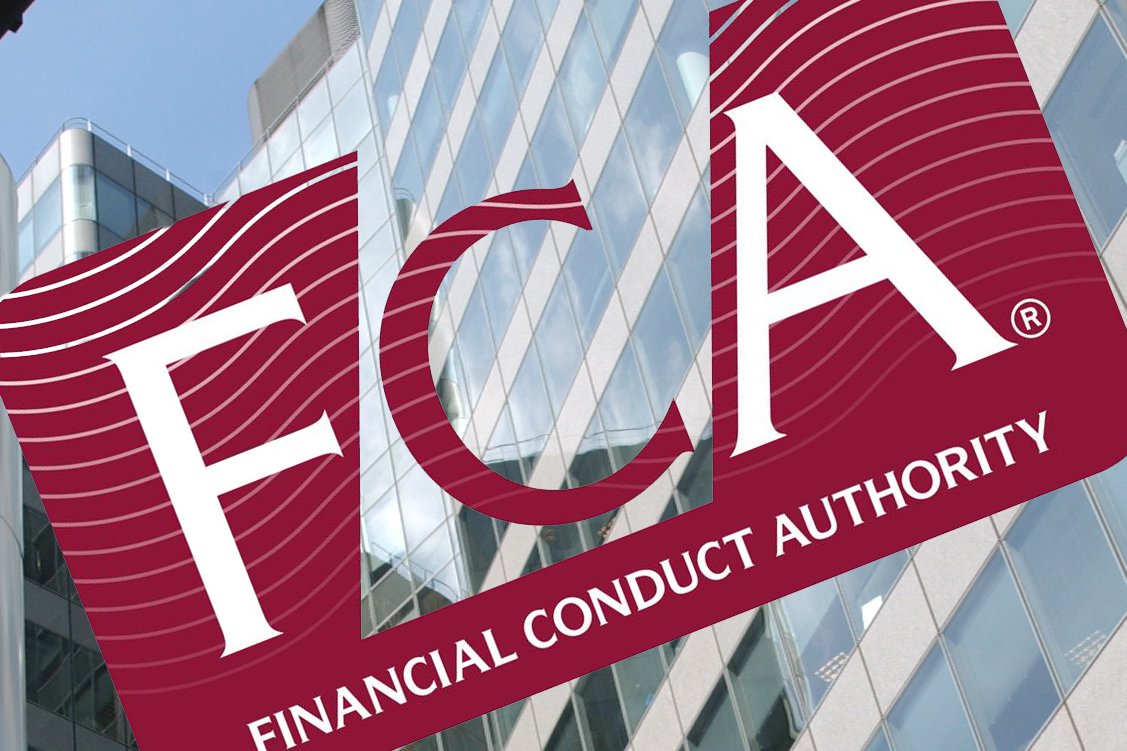By Gemma Bourne, Investment Director, Big Society Capital
With housing providers struggling to provide the 145,000 new social and affordable homes that are needed each year, and over 1 million people on a waiting list for social housing; one of the most critical issues that needs addressing is the UK housing crisis[1]. Sadly, demand for social housing tends to rise in tougher economic environments. This has been especially true over the past 18 months. The housing crisis is set to deepen as councils warn of a huge increase in need as a result of increased food and energy bills, benefits freezes and Covid eviction bans ending. It is a social problem that institutional investment community, particularly family offices, wealth managers and pension funds, are responding to be using some of their allocation to back investment in social housing funds. Big Society Capital’s 2020 market sizing data[2] shows a huge growth in the value of social property funds – from £350 million in 2016, to £3 billion – (with inflows heavily driven by fresh private capital from institutional investors).
Social property funds are funds that predominantly provide finance to acquire or develop housing – which is leased or managed directly or via charity and housing association partners that have a deep understanding of their tenant’s needs. They commit to delivering high quality, safe and affordable homes for individuals who are not served by mainstream home ownership or rental markets, including people living with disabilities or those at risk of homelessness.
The increased appetite from private capital has been driven largely by investors seeking greater diversification and attractive risk-adjusted returns whilst also contributing to impact. Investing in social property funds covers off three key requirements on the high-net-worth portfolio checklist:
- Value-add diversification
- Meeting or exceeding a responsible investment mandate
- Exposure to both inflation-protected income and long-term capital growth
We run through each of these key features.
Diversification
Today’s markets put long-term investors in a difficult position. Investors face the risks of rising inflation and a winding down of central bank stimulus programs that have long supported asset prices.
Given the volatility of global markets over the last 18 months, investors are increasingly seeking to allocate their wealth to a wider range of asset classes as the economy recovers. Nearly half of wealth management clients want to diversify their investments from traditional asset classes, while looking to allocate a significantly higher proportion of their portfolio to private markets; currently, 1 in 3 clients have some form of alternative investments, which is projected to increase to 48% by 2024[3].
In this environment, portfolio diversification will be all the more important – though adding value to your portfolio and getting it right will be difficult.
Social property funds may be an ideal value-add diversifier because they offer low correlation to the wider economy as well as other property markets, and they are more resilient to market cycles than other types of real estate assets, such as offices or hotels.
Meeting or exceeding a responsible investment mandate
In addition to the macroeconomic challenges private wealth professionals are having to navigate, they also face increased demands from clients for exposure to ESG and socially motivated investments that can also provide them with competitive returns. For example, 78% of wealth management clients state that they now have goals related to sustainability[4].
Social and affordable housing opportunities offer private wealth investors the potential to have a positive social impact by addressing the UK’s social housing supply challenge, an investment that not only offers attractive risk-adjusted returns for their portfolios but delivers significant benefits to communities across the UK.
Exposure to both inflation-protected income and long-term capital growth
The current environment of rising inflation, and higher and faster interest rate expectations, erode the real value of long-term income yielding securities, especially in the case of high demand government bonds that are a mainstay in most long-term portfolios.
Social property funds offer the prospect of returns that are largely uncorrelated to mainstream financial markets and have historically achieved a high degree of inflation protection. This makes it attractive to investors who are seeking returns ahead of inflation – but don’t want excessive credit risk or the volatility of equities.’
This is because returns are derived from rental income, which in some cases is underpinned by Government via Local Housing Allowance, a benefit that is set every five years and adjusted annually in line with the consumer price index. Tenancy lengths tend to be longer than the traditional private rented sector and void periods are generally lower. The low void period is largely a result of the substantial unmet demand, as well as the high quality of homes – which means tenants are likely to stay for longer. This is often combined with additional support delivered by charity and housing association partners to support them in areas such as education and employment – which again often results in a longer tenancy.
In addition, these funds offer exposure to the long-term growth prospect of the UK residential housing market (according to Savills, mainstream UK house prices will rise 13.1% by 2026)[5]. Given the housing shortages in the UK, there is unlikely to be a reduction in demand for these homes in the foreseeable future.
Spread your risks while doing some good, too
We expect momentum and appetite for social and affordable housing funds to continue building. They now make up 45% of the wider social impact investment market, which was estimated to be worth £6.4 billion at the end of 2020.
To date, investment into this area has mostly only been accessible to institutions or those who are experienced in investing in private market vehicles. However, with investor demand and focus on how investment can provide real, tangible benefits for all stakeholders, we are expecting to see new opportunities come to market, providing investors with more choice – into 2022, and beyond.
[1] https://www.theguardian.com/society/2020/dec/03/number-of-affordable-homes-built-in-england-barely-rises / https://www.theguardian.com/society/2018/jun/09/more-than-1m-families-waiting-for-social-housing-in-england
[2] https://bigsocietycapital.com/our-approach/market-data/
[3] https://assets.ey.com/content/dam/ey-sites/ey-com/en_gl/topics/wealth-and-asset-management/ey-2021-global-wealth-research-report-optimized-for-web-v2.pdf
[4] https://assets.ey.com/content/dam/ey-sites/ey-com/en_gl/topics/wealth-and-asset-management/ey-2021-global-wealth-research-report-optimized-for-web-v2.pdf
[5] https://www.savills.co.uk/research_articles/229130/320987-0





